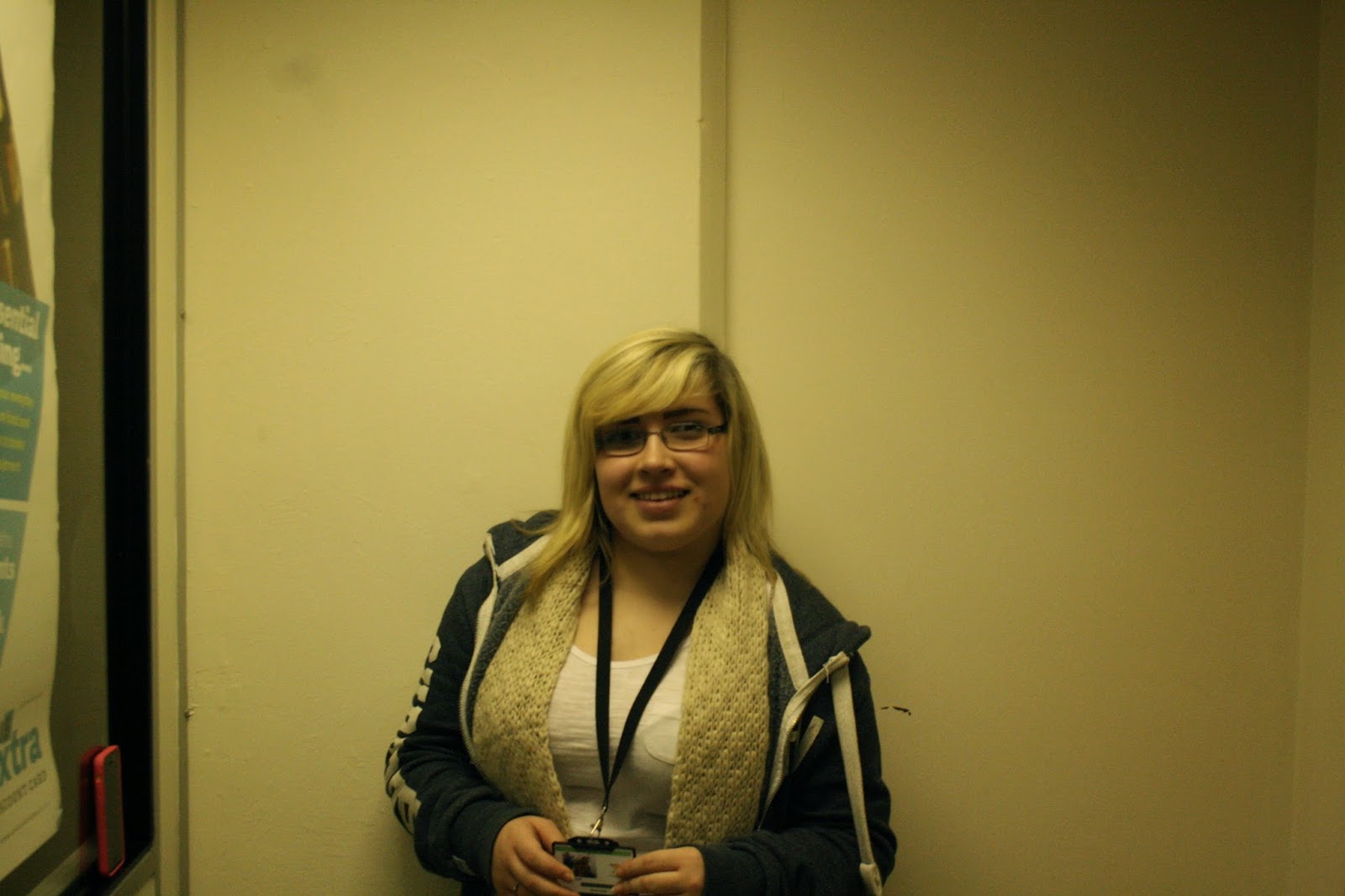Name of the Photographer Irving
Penn “Girl Behind Bottle” 1949
The
title of this image is “girl behind bottle” which was created my Irving Penn in
1949.
Description of the Photograph
Describing the photograph in detail will reveal a lot about your
interest in the image, so don't be afraid to state the obvious.
What is the subject matter?
A woman having a cigarette behind a wine bottle
Is it black & white or colour? Film or digital?
This image is in black and white and is on film
What type of photograph is it? (Landscape,
Fashion, Portrait etc.)
The photograph is a portrait
What is the format? (square, horizontal or
vertical)
What is the tonal range if it is black & white? (Low/high/normal
contrast, high key or low key)
The image is in low contrast and is it in low high key
What are the colours like? saturated/desaturated,
harmonious/discordant.
The image is in black and white
What is your eye drawn to
first?
How is your eye led around
the frame?
It goes straight to the bottle
How has the photographer structured the
photograph; with lines, shapes or areas
of tone? Triangle, to keep your eye in the picture
Which other compositional
devices has the photographer used?
How can the photograph be
divided into areas; foreground and background?
The bottle is the foreground,
the woman is the background and there is no mid ground
Has a dramatic viewpoint been
used?
Yes, the view in the bottle
How is the photograph
balanced or unbalanced?
What type and direction of light has been used?
Artificial or natural, bright or diffuse?
Artificial light has been added
What depth of field has been
used? How has this affected the picture?
Shallow, it brings your attention to
the bottle
What is the importance of
film speed or type?
I think the speed in this image is
important and you can see the light of the flame
What use has the photographer
made of shutter speed?
He made the shutter speed fast to
capture the light of the lighter
How has the choice of lens or
camera had an effect on the photograph?
Judging by the black and white and the
time the photograph was taken in I think the camera was an old camera
What skills must the
photographer have used to produce the image?
The skill the photographer
would need to take this photo is to be able to handle his depth of field and be
able to change it.
What were your feelings when
you first looked at the photograph?
I didn’t really feel anything when I looked
at this image
How did your reaction to the
image change after looking at it for a while?
After looking at it for a while I thought
it started to look better, I was looking deeper into the image and I saw more
How does the photograph
capture a mood or feeling?
This photograph feels sophisticated as
she is getting her cigarette lit for her, but her cigarette is on a stick
making her seem high class and posh
What are the hidden meanings
in the photograph?
I don’t think there are any hidden
meanings in this photograph and if there is, I cannot find them
Does the photograph tell a
story, or is it more like a poem?
I feel like this photograph would be a
poem
What message was the
photographer trying to communicate?
I think it could be that sophisticated
women drink wine
Has text been used in any
way? Does this affect your response to the photograph?
Why did you choose this
particular photograph?
I thought this was a pretty interesting
photograph to use
What events (social/economic/political/cultural)
were occurring at the time the photograph was taken? Was the photograph a reaction
to any of these events?
1949 was after the depression and ww2 this was
where tv became bigger and things started to get better.
How does the photograph look
dated, how can you tell when it was taken?
Other than knowing when the photo was
taken, it being in black and white, the wine bottle shape and the stick the
cigarette all hint that it was an old photograph
What was the photographer
influenced by whilst producing this image?
I think post war antics influenced the photographer
with this image
How has the photographer been
an influence to other photographers?
I think with the way the photographer
has taken this image would influence other photographers to be as outgoing with
taking their images as he is as taking it through a wine glass is different.
How does the photograph
compare to the rest of the photographer's work?
This photograph is only similar
to some of his work, that being the black and white ones, I think he could only
do a image like this so many time before it gets repetitive.
How does the photograph
compare to the work of other photographers?
This
photograph is very different to that of other photographers, as I said this
image is very out there, most photographers work doesn’t look planned or
thought out, you could argue that, that is what makes it thought out so they
seem like they weren’t, but this one you can tell it is thought out.













